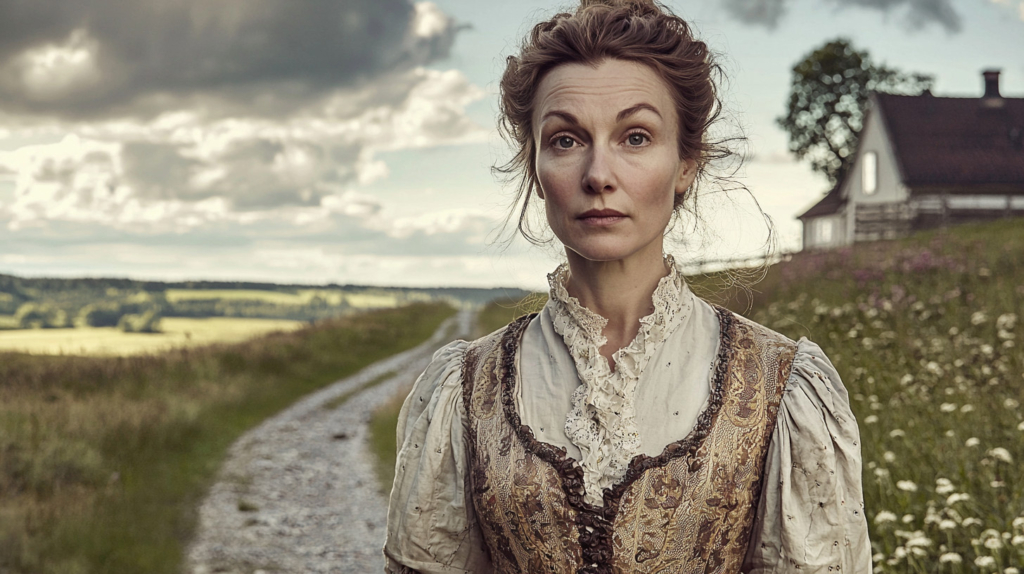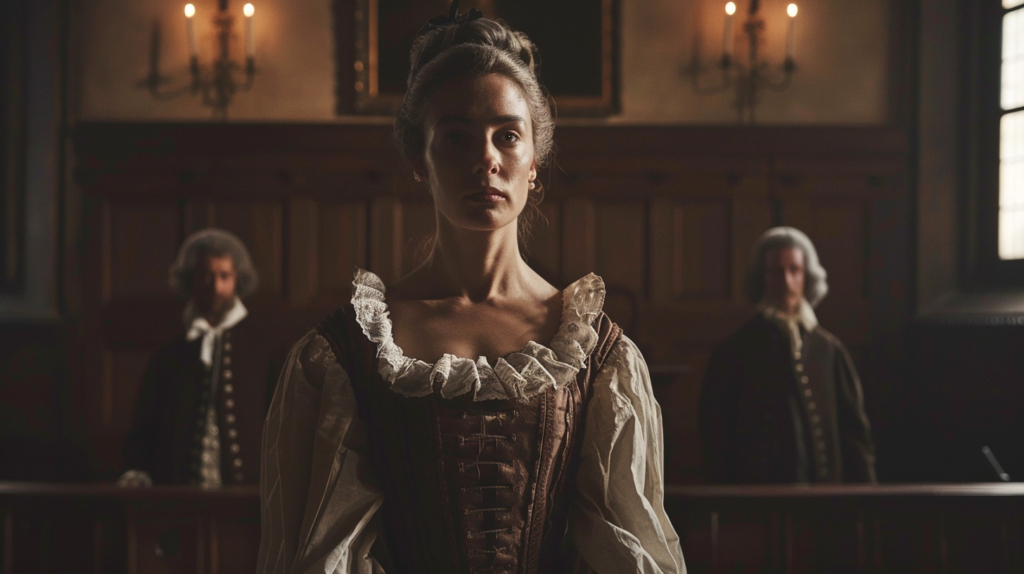Throughout history, many women have participated in combat disguised as men. Research from England and the Netherlands shows that there were hundreds of such cases in the army between the 1500s and 1800s, and there are also examples from the Nordic countries.
One of the most well-documented is the story of Ulrika Eleonora Stålhammar, born 1688. After her father’s death and the family’s financial problems, she decided to disguise herself as a man and took the name Wilhelm Edstedt.
Under this identity, he traveled to Stockholm, where finding employment was hard at first. Eventually, he gained employment as an artilleryman in Kalmar, where he also married the maid Maria Lönman, who initially did not know her husband’s true identity. Even after she found out however, the couple stayed married.
When Wilhelm’s sister Katarina tracked him down in 1724, she wrote him a letter begging him to return to the family and his birthed identity. The letter seemingly made a strong impression on Wilhelm, as he asked for a discharge from the military, and traveled in Denmark, where he wrote the Swedish authorities, confessingt o his crimes – dressing as the ”wrong” gender was at this time a crime in Sweden.

While waiting for a trial, Wilhelm returned to Sweden and sought refuge with a relative, noblewoman Sofia Drake, and transferred back to his/her old identity – Ulrika Eleonora. The trial took place in 1729, and both she and Maria faced the death penalty.
Thanks to the influence of Sofia Drake, who led an intense campaign in their defence, both women received lenient sentences – Ulrika Eleonora spent one month in prison, while Maria received eight days in prison and their marriage was dissolved.
After her release, Ulrika Eleonora lived out her life as a woman, and died only a few years later, in 1733. Her former wife Maria worked as a maid for Sofia Drake until her own death in 1761.
Another woman who enlisted in the Swedish army disguised as a man was Anna Jöransdotter. She served as a maid in Finland when her master ordered her to steal from a nearby farm. When she was discovered, she fled the village dressed in men’s clothing.
However, she did not get far before she was forcibly conscripted into the army in 1712, something that happened to many young unemployed men at the time. Anna served in the army for a year and a half under the name Johan Haritu. Anna/Johan also married a woman, Maja Kihjl.
The disguise was revealed after a night at a tavern when Johan got drunk and was helped to bed by a fellow soldier. The colleague noticed when undressing Johan that he was actually a woman.

Like Ulrika Eleonora Stålhammar, Anna Jöransdotter was put on trial. Anna also escaped the death penalty and was instead sentenced to flogging and six months of hard labor.
Ulrika Eleonora and Anna Jöransdotter are well documented because they ended up in court. However, we can assume that there were many women disguised as men on the European battlefields who were never discovered. The evidence is therefore more uncertain, but we will still explore the (unconfirmed) story of Margareta Elisabeth Roos.
Margareta Elisabeth Roos was born in 1696 as the daughter of an officer from Ingria. After being treated poorly at home, she ran away in 1713, dressed in men’s clothing, and enlisted in the army.

She then participated in battles during the Great Northern War and was promoted to non-commissioned officer due to her bravery in combat. After the war ended in 1721, she left the army and started working as a servant for Countess Hedvig Vilhelmina Oxenstierna.
When Margareta fell ill and was bedridden, her true gender was discovered by a maid at the manor, who revealed the truth to the countess. However, Hedvig Vilhelmina decided to help Margareta, and instead of reporting her to the authorities, she arranged for her to marry an officer named Johan Gustav Irving.
Thereafter, Margareta resumed living as a woman. The couple had two children together. Their daughter, Margareta Charlotta, married a pastor, and it is believed that through her, the story of Margareta Elisabeth Roos was told and recorded in Västerås Diocese’s clergy records in 1843.
Since Margareta had been dead for 71 years when the story was documented, and because her service name in the army is unknown, the authenticity of the story cannot be confirmed.
With this, we conclude the theme about Women and War. As it has shown, even though war is usually connected to men, it affects women just as much.
Whether they lead a country or rebellion, travel in the baggage train, remain at home to take care of croft and family, is taken prisoner or actively participate in battle, women have played an equally important part in war as men, and their stories deserve to be told.
Sources:
Högberg, Stefan. Svenska kvinnor historien glömde. (2019)
Larsdotter, Anna. Kvinnor i strid. (2016)
Liliequist, Jonas. ”Kvinnor i manskläder och åtrå mellan kvinnor” in Makalösa kvinnor – könsöverskridare i myt och verklighet (ed. Borgström, Eva). (2002)
Åberg, Alf. Karolinska kvinnoöden. (1999)

